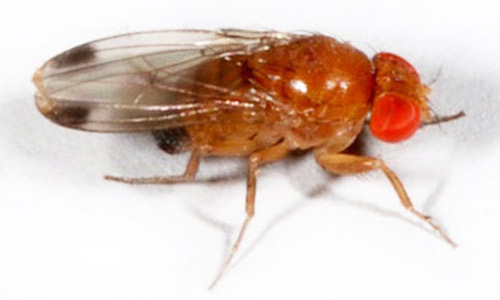Knowing Berry Pests’ Diets May Help Control Them
go.ncsu.edu/readext?616566
en Español / em Português
El inglés es el idioma de control de esta página. En la medida en que haya algún conflicto entre la traducción al inglés y la traducción, el inglés prevalece.
Al hacer clic en el enlace de traducción se activa un servicio de traducción gratuito para convertir la página al español. Al igual que con cualquier traducción por Internet, la conversión no es sensible al contexto y puede que no traduzca el texto en su significado original. NC State Extension no garantiza la exactitud del texto traducido. Por favor, tenga en cuenta que algunas aplicaciones y/o servicios pueden no funcionar como se espera cuando se traducen.
Português
Inglês é o idioma de controle desta página. Na medida que haja algum conflito entre o texto original em Inglês e a tradução, o Inglês prevalece.
Ao clicar no link de tradução, um serviço gratuito de tradução será ativado para converter a página para o Português. Como em qualquer tradução pela internet, a conversão não é sensivel ao contexto e pode não ocorrer a tradução para o significado orginal. O serviço de Extensão da Carolina do Norte (NC State Extension) não garante a exatidão do texto traduzido. Por favor, observe que algumas funções ou serviços podem não funcionar como esperado após a tradução.
English
English is the controlling language of this page. To the extent there is any conflict between the English text and the translation, English controls.
Clicking on the translation link activates a free translation service to convert the page to Spanish. As with any Internet translation, the conversion is not context-sensitive and may not translate the text to its original meaning. NC State Extension does not guarantee the accuracy of the translated text. Please note that some applications and/or services may not function as expected when translated.
Collapse ▲Cornell University | MorningAgClips via EurekaAlert!
With New York state’s $20 million berry industry entering peak season, an invasive fruit fly is thriving.
But little has been known about how the pests survive before and after the growing season.
A Cornell University study, published in Ecological Entomology, investigates for the first time what spotted-wing drosophila adults and larvae eat, and where they lay their eggs, when these short-lived fruits are not in season.

Female spotted-wing drosophila (Drosophila suzukii Matsumura) have a special ovipositor (a tube through which a female insect deposits eggs) with a saw-like end that allows them to cut into soft fruits and insert their eggs. The larvae and adults feed on the fruits, causing billions of dollars in damage across Asia, North and South America, and Europe.
“They will lay eggs and successfully develop on less preferred resources and not the typical fruit that we think they prefer,” said Greg Loeb, professor of entomology at Cornell AgriTech and a co-author of the paper. Dara Stockton, a postdoctoral associate in Loeb’s lab, is the paper’s first author.
In lab experiments, the researchers found that out of 11 alternate dietary choices that included bird manure, the spotted-wing drosophila did best on diets of mushroom and mushroom-apple mixtures.
In the early spring, mushrooms are one of the only resources available. Similarly, in late fall, apples that fall to the ground and rot can provide a food source. And the experiments showed that more complex bird manures, such as from geese, proved more sustaining than simple chicken manure, for example.
The results may help curb pest populations by encouraging growers to limit access to certain non-fruit food sources during times when drosophila populations are low and berries are not in season.
“It’s always important for us, when we’re developing integrated pest management control strategies, to think about the landscape surrounding the crop and consider things happening in the periphery that we can control,” Stockton said. For example, controlling geese in a pond next to a crop could help limit fruit fly populations at a time when their numbers are low before berries ripen, she said.
“The more we learn about the flies, the better we can control their populations,” Stockton said.


